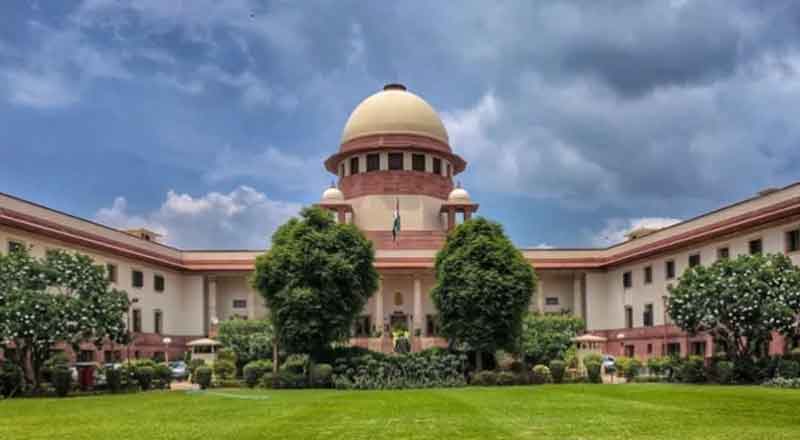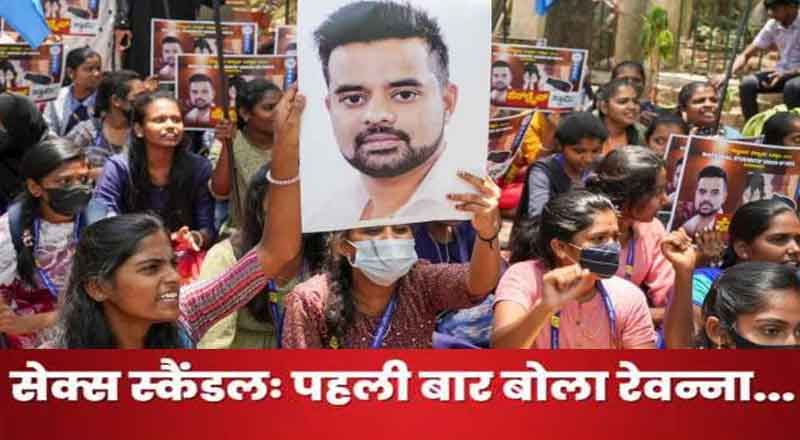In a landmark legal battle unfolding before a nine-judge bench of the Supreme Court, the age-old question of the State’s authority over private property rights takes centre stage. Led by Chief Justice of India DY Chandrachud, the bench embarks on a profound exploration of constitutional principles, delving into a three-decade-old case with far-reaching implications for governance, jurisprudence, and individual freedoms. Against the backdrop of a frenzied election season and political rhetoric, this case emerges as a crucible for testing the boundaries of state power and the sanctity of private property.
The Historical Context: Legal Genesis and Political Controversy
The legal saga traces its origins to 1986 when the Maharashtra government enacted amendments to housing laws, granting authorities sweeping powers to acquire “cessed properties” for urban redevelopment. However, the Property Owners’ Association (POA) challenged these amendments, arguing they conferred unchecked authority to seize residential complexes. Despite initial legal setbacks, the case persevered, navigating through various judicial echelons to ultimately reach the apex court.
The Evolution of Legal Precedent: From State Intervention to Individual Rights
Central to the legal discourse are constitutional provisions enshrined in the Directive Principles of State Policy, notably Article 31(c) and Article 39(b). These principles, though non-justiciable, embody fundamental governance ideals, including equitable distribution of resources and social justice. The judiciary grapples with reconciling these overarching principles with the imperative of safeguarding individual liberties and property rights.
Key Issues and Juridical Deliberations: Unpacking the Constitutional Quandary
At the heart of the matter lies a pivotal question: Can private property be construed as ‘material resources of the community,’ thereby subjecting it to potential State expropriation for the collective good? Chief Justice Chandrachud’s incisive observations illuminate the intricate interplay between individual autonomy and societal welfare. Drawing upon constitutional ethos steeped in Gandhian ideology, he navigates the delicate terrain of property rights, emphasizing their fiduciary role in serving present and future generations.
Balancing Competing Imperatives: Striving for Equilibrium in Law and Society
While acknowledging the imperative of social transformation enshrined in the Constitution, the bench confronts the perennial tension between individual rights and collective welfare. Chief Justice Chandrachud’s nuanced analysis invokes historical analogies, from land reforms to the abolition of feudal systems, underscoring the need for a calibrated approach that respects property rights while advancing broader societal objectives.
Implications and Future Trajectories: Charting the Course of Legal Jurisprudence
The outcome of this case holds profound ramifications, reverberating across the legal landscape and shaping the contours of property rights jurisprudence in India. As the Supreme Court grapples with the complexities of constitutional interpretation, it confronts multifaceted questions of social justice, economic equality, and the rule of law. The resolution of this case will not only define the parameters of state power but also delineate the boundaries of individual freedoms in a democratic society.
Navigating the Complexities of Governance and Justice
As the legal saga unfolds, the Supreme Court assumes a pivotal role in adjudicating the delicate balance between competing interests and values. In a nation characterized by diverse socio-economic realities and aspirations for inclusive development, the resolution of this case heralds a new chapter in India’s legal narrative. With profound implications for governance, democracy, and the rule of law, the Supreme Court’s verdict will shape the trajectory of property rights and constitutionalism for generations to come.
(With inputs from agencies)





